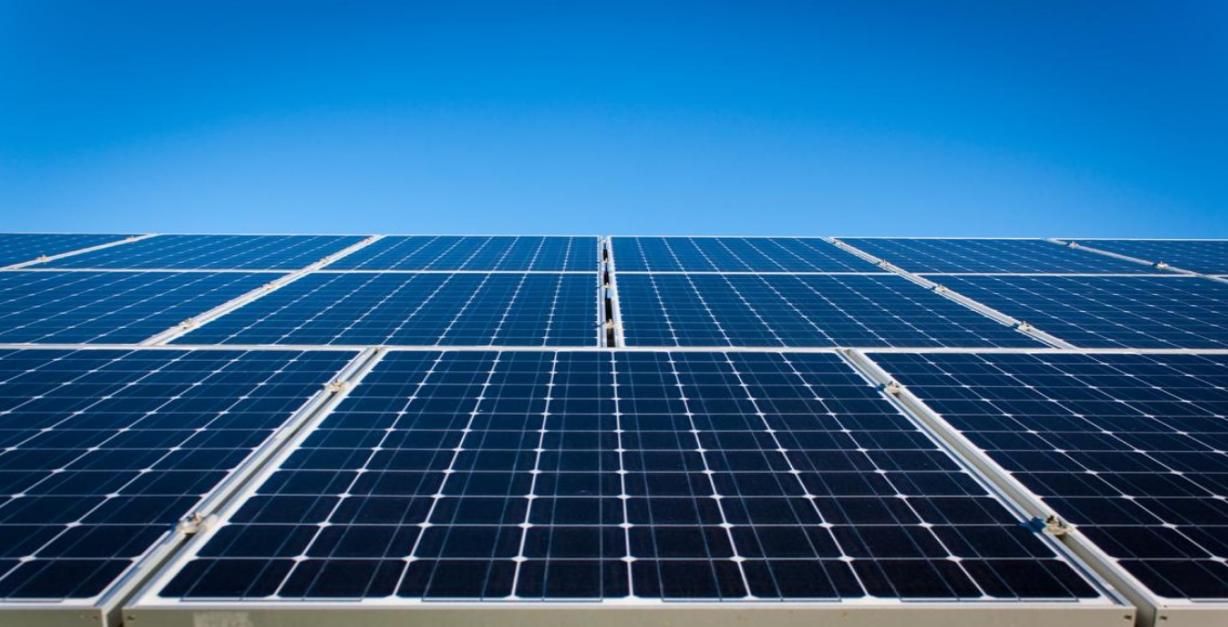PV is a technology that converts sunlight into electricity. It has been around for decades and has seen tremendous advancements in recent years. Today, PV is the fastest-growing source of renewable energy in the world.
The PV market is expected to continue to grow at a rapid pace in the coming years. According to a report by the International Energy Agency (IEA), PV is expected to become the largest source of electricity by 2050, accounting for approximately 16% of global electricity production. This growth is driven by the declining costs of PV systems and the increasing demand for clean energy.
One of the key trends in the PV industry is the development of new materials and technologies. Researchers are exploring new materials for solar cells that are more efficient and cheaper to produce. For example, perovskite solar cells have shown great promise in recent years, with efficiency records constantly being broken.
In addition, new PV technologies are being developed that can increase the efficiency of solar panels. These include bifacial solar panels, which can capture sunlight from both sides of the panel, and concentrated photovoltaics, which use lenses or mirrors to focus sunlight onto small, high-efficiency solar cells.
Another trend in the PV industry is the integration of PV into buildings and other infrastructure. Building-integrated photovoltaics (BIPV) allow solar panels to be integrated into the design of buildings, such as roofs and facades, making them more aesthetically appealing and increasing the adoption of PV technology.

Moreover, PV is becoming increasingly important in the transportation sector. Electric vehicles (EVs) are becoming more popular, and PV can be used to power charging stations and even the vehicles themselves. In addition, PV can be used to power public transport systems, such as buses and trains.
Finally, there is a growing trend towards the decentralization of energy production. PV systems can be installed on rooftops, in car parks, or even in fields, allowing individuals and businesses to generate their own electricity and reduce their reliance on centralized power grids.
In conclusion, the future of PV looks bright. The technology is expected to continue to grow at a rapid pace, driven by declining costs, increased efficiency, and new applications. As an AI assistant, I will keep you updated on the latest developments in this exciting field.
Post time: Mar-13-2023

